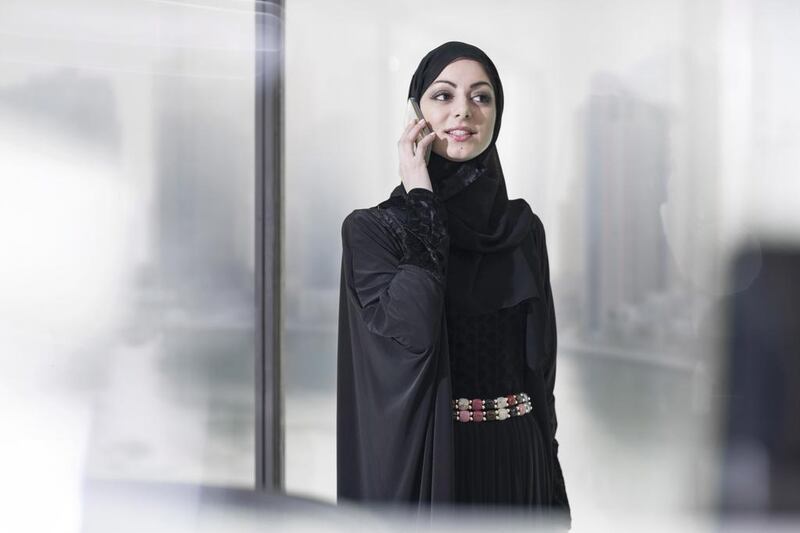There’s something I’d like to put an end to once and for all. What if I were to tell you that many of the world’s woes are the result of careless – and carefully thought-out – labels? Yet again, the perils of language are on display for all to see.
Take the word hijab, for example. For years, I’ve wondered why news outlets insist on inserting an Arabic word in the middle of an English sentence.
The scarf I’m wearing today is from Tie Rack. Yesterday, I wore one from H&M and the day before was one I’d bought from a street vendor in the old town of Annecy, France. I certainly didn’t have to visit a hijab section at any of these stores to find what I choose to wear.
The Quran doesn’t use the word hijab in any context remotely related to women’s hair. In fact, the word hijab is used in the figurative sense: “We placed between you and those who don’t believe in the next life a barrier.”
Yes, words in spoken Arabic are often linked to their etymology, which is why the word hijab (Arabic for shield or barrier) was at some point attributed to the idea that covering up protects us.
But incessantly referring to a scarf as a hijab in English prose does nothing but mystify a mundane article of clothing and perpetuate stereotypes that we are broken, brainless people who grew up at the helm of patriarchy. At least in France, they call it a voile (veil). Why don’t they call the loose Dorothy Perkins shirt I’m wearing a qamees, for example?
When news broke last week of the European Court of Justice ruling, one report opened with this sentence: “Private employers may be able to ban the hijab”. The terms of the ruling, however, should have been reported more accurately as this: “Private employers may be able to prevent women employees from covering their hair,” but that would sound much more undemocratic, wouldn’t it?
Whenever anyone in France used to ask me why I dressed the way I do, my answer would always be: “in conformity with the ethics of modesty taught by Mary”. Mary who? Mary, mother of Jesus, who wore a veil. And that deliberate and provocative answer would invariably open up a bigger can of worms.
But those of us who wear a headscarf are at a disadvantage since we are easily identifiable and because relatively few Jewish or Christian women cover their hair.
So here’s the lowdown for anyone who still doesn’t get it. The head is part of the body. The body shouldn’t be objectified, so it’s covered. The head is part of the body, so the head is covered. That really is all there is to it. It’s the other side of the feminism coin. The hijab complements the qamees.
Unfortunately, many “hijabis” – a favourite word in the West among ethnic minorities – have buried its practical purpose (modesty) and exacerbated the symbolism crisis.
You see women with scarves plastered tightly around their faces wearing skinny jeans and flashy make-up. That is why I really wouldn’t mind begging them to wear it in a less dogmatised manner, if you will. A bandana, perhaps?
For non-Arab readers, by the way, this issue isn’t nearly as big as it is in the Arab world. The upper-middle class from Levant countries loathe the hijab and constantly discuss its validity. It’s as mystified and as little understood among those distancing themselves from the confines of culture as it is by Europeans and Americans. It severely aggravates modernised men who fret at the thought of a world of covered women.
If we really want to tug at theological threads, the only literal word used for women’s clothing in the Quran is jalabeeb, the plural of jilbaab or robe.
I wonder what law they would have to come up with if all the Muslim-born or Muslim-converted women of Europe suddenly applied that verse. “Employers can force Muslim women to remove their jalabeeb”, the headline would read. Thankfully for them, most don’t wear them.
Still, if there is one linguistic blunder that is worth campaigning against, this is it.
salsayed@thenational.ae





